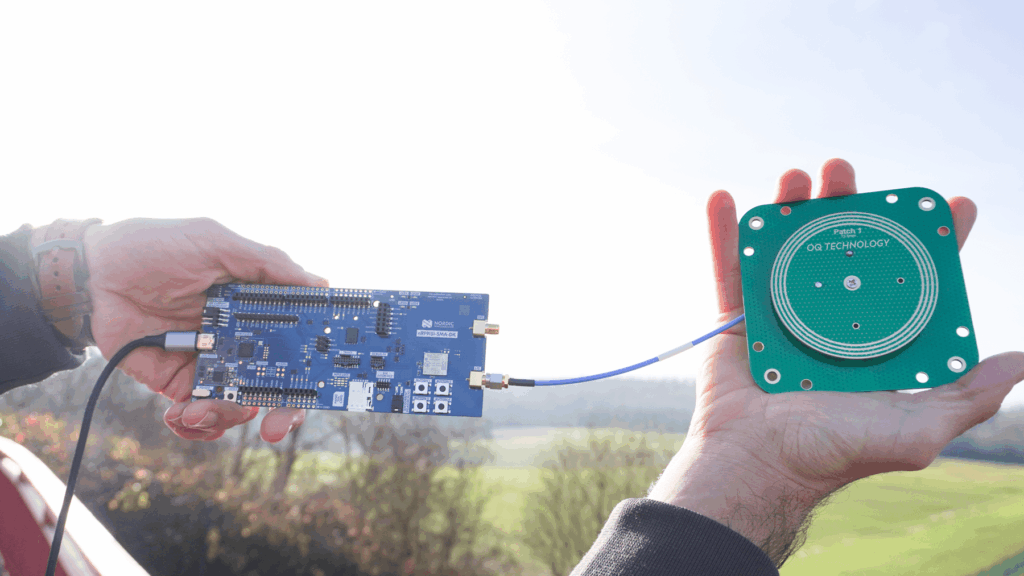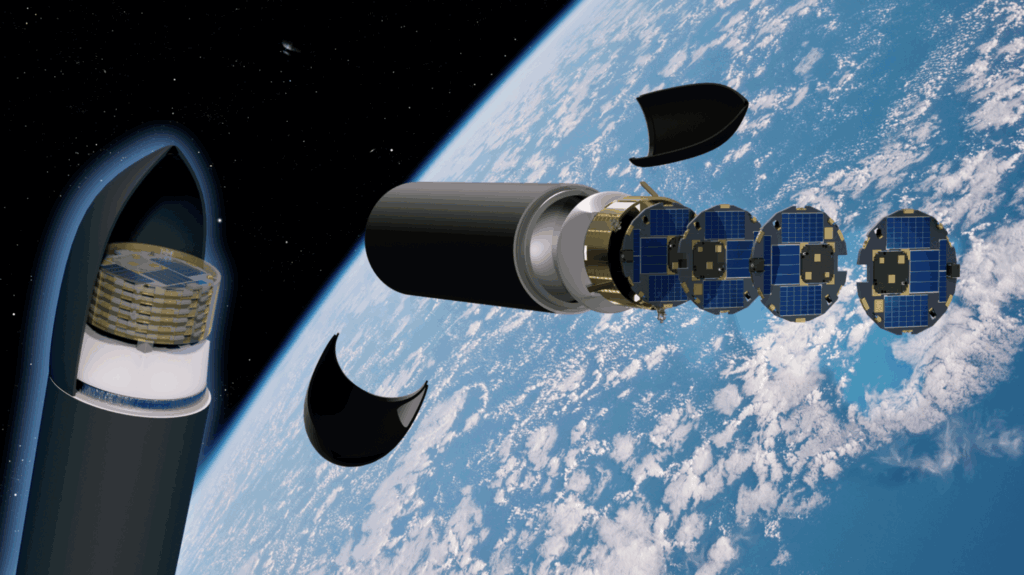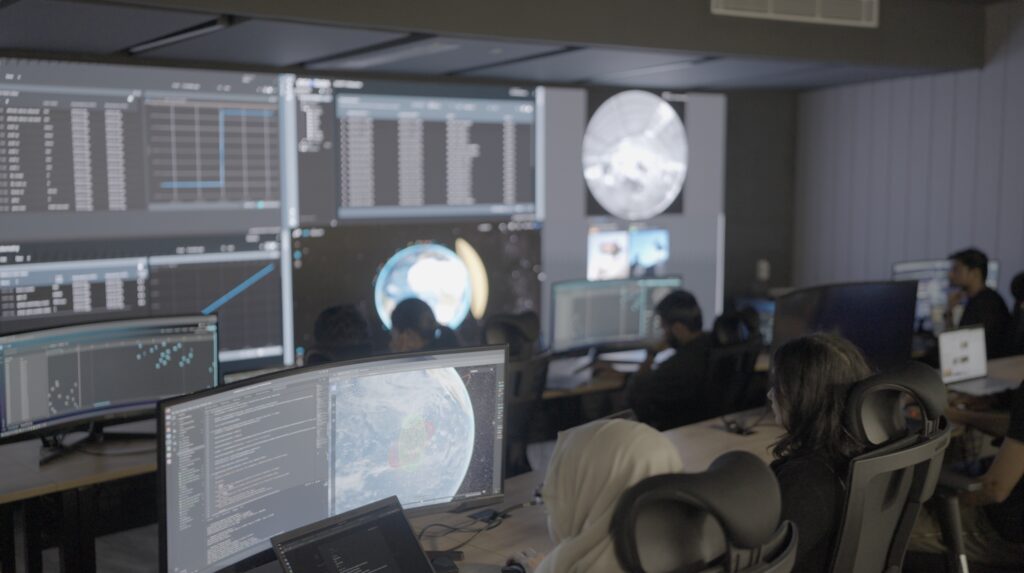Now Reading: Space debris crisis: the national security threat we’re ignoring
-
01
Space debris crisis: the national security threat we’re ignoring
Space debris crisis: the national security threat we’re ignoring
Today, Earth’s orbits carry over 100 million debris objects, which have already resulted in nearly 400 debris-generating events, according to NASA. In the last six months alone, space debris has crashed into Poland, near Turks and Caicos, and in Kenya. In January, a new report was released detailing the growing risk space junk poses to aircraft, and in March the FAA reported 240 flights were disrupted due to falling space debris from a failed launch.
While the threat of space debris continues to grow exponentially with each year that passes, the United States government, despite its mandate to protect critical infrastructure, has failed to address this critical issue. According to a recent report, over a 33-year period, GPS generated $1.4 trillion in economic benefits for the U.S. private sector. Looking ahead, some experts project that a disruption to the nation’s GPS infrastructure could result in losses of nearly $1 billion per day, underscoring the space sector’s critical role in economic stability and national security.
Orbital debris: a national security threat that hits home
Imagine waking up to find that your mobile device’s location-based services, like Google Maps, are not working. Flights are grounded and financial markets are in turmoil. First responders can’t communicate properly, the military is left scrambling and nearly every U.S. citizen is unable to access critical services like ATMs, health records and public transportation. This is the reality we could face if space debris destroys U.S. satellites.
The danger is not hypothetical. On April 30, 2025, the International Space Station performed its 41st maneuver to avoid orbital debris from a fragment of a Chinese Long March rocket launched in 2005. Such incidents are becoming more frequent, and it is critical for our nation’s policymakers and U.S. government agencies to take immediate action.
While policymakers have made efforts to fund space situational awareness and space domain awareness programs that have enabled the U.S. to better understand the scale of the space debris crisis, the U.S. government continues to overlook all the steps necessary to actively mitigate the risks posed by space debris.
As the Trump administration outlined in Space Policy Directive-3 (SPD3), to maintain U.S. leadership in space, we must develop a new approach to space traffic management that addresses current and future operational risks.
According to SPD3, “The United States should pursue active debris removal as a necessary long-term approach to ensure the safety of flight operations in key orbital regimes.”
I applaud the Trump administration for introducing SPD3, but, as shown by recent incidents, more must be done to proactively address the rapidly evolving space debris crisis.
Recognize and protect space infrastructure
The Department of Homeland Security (DHS) was created to safeguard the U.S. from foreign and domestic threats. Its 16 designated critical infrastructure sectors include energy, communications, and financial services — all of which rely on satellites. Yet, DHS does not acknowledge space infrastructure as one of the sectors, creating a dangerous gap in our national security posture.
Today, services provided by satellites are fundamental to our nation’s economy and security. Recognizing space assets as critical infrastructure would mandate stronger protective measures and funding for solutions to mitigate growing risks.
A call for immediate action
To protect U.S. infrastructure and enhance our national security posture, I strongly urge U.S. policymakers, national security officials, and industry leaders to implement the following:
- Formally recognize space infrastructure as critical: DHS must designate satellites and related assets as part of the nation’s critical infrastructure in order to drive investments and security measures needed to mitigate space debris risks.
- Create a Space Infrastructure Security Office: DHS would greatly benefit from establishing a dedicated office to oversee threats to space assets and coordinate efforts with the Office of Space Commerce, NASA, the Department of Defense and private industry.
- Formalize space traffic management: As per SPD3, DHS must work with international partners to enforce stricter regulations on satellite deorbiting and debris mitigation strategies.
- Implement new funding mechanisms: It is critical for the U.S. government to explore new funding mechanisms to support space debris removal, which can include tax incentivizes for U.S. taxpayers.
The consequences of continuing to not recognize space assets as critical infrastructure are severe. The loss of satellites due to debris impacts would expose the U.S. to economic instability and wide-ranging security threats. With the exponential growth of space debris incidents, it is now critical DHS and U.S. policymakers recognize the urgency and take decisive steps to protect space-based assets.
Ken Eppens is the Founder and CEO of OrbitGuardians, a space debris removal company dedicated to protecting our orbital infrastructure through the design, development and delivery of Active Debris Removal (ADR) technologies.
SpaceNews is committed to publishing our community’s diverse perspectives. Whether you’re an academic, executive, engineer or even just a concerned citizen of the cosmos, send your arguments and viewpoints to opinion@spacenews.com to be considered for publication online or in our next magazine. The perspectives shared in these op-eds are solely those of the authors.
Stay Informed With the Latest & Most Important News
Previous Post
Next Post
-
 012024 in Review: Highlights from NASA in Silicon Valley
012024 in Review: Highlights from NASA in Silicon Valley -
 02Panasonic Leica Summilux DG 15mm f/1.7 ASPH review
02Panasonic Leica Summilux DG 15mm f/1.7 ASPH review -
 03From Polymerization-Enabled Folding and Assembly to Chemical Evolution: Key Processes for Emergence of Functional Polymers in the Origin of Life
03From Polymerization-Enabled Folding and Assembly to Chemical Evolution: Key Processes for Emergence of Functional Polymers in the Origin of Life -
 04How New NASA, India Earth Satellite NISAR Will See Earth
04How New NASA, India Earth Satellite NISAR Will See Earth -
 05And Thus Begins A New Year For Life On Earth
05And Thus Begins A New Year For Life On Earth -
 06Astronomy Activation Ambassadors: A New Era
06Astronomy Activation Ambassadors: A New Era -
07SpaceX launch surge helps set new global launch record in 2024





















